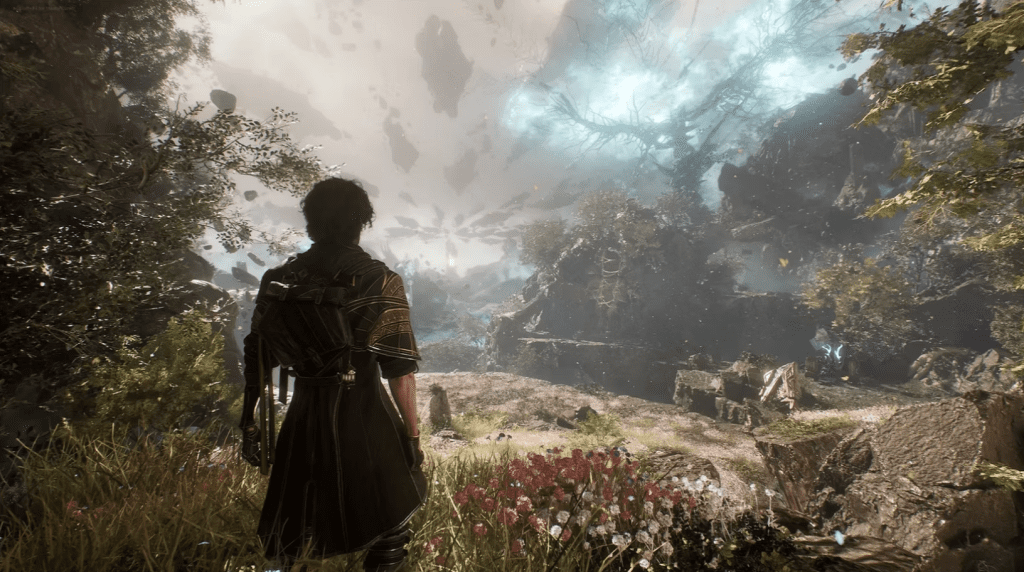Clair Obscur: Expedition 33 has been a hot topic since its release on April 25. Creative director Guillaume Broche previously worked on a precursor titled We Lost, which, despite being distinct, captures the essence of Clair Obscur. As the characters journey from Lumière to thwart the godlike Paintress intent on erasing humanity, a pervasive anxiety exists: their efforts may merely serve as a futile stepping stone for future generations.
(This article contains spoilers related to Clair Obscur‘s journal entries, alongside some vague late-game spoilers for the conclusion of Act II.)
This looming sense of failure is encapsulated in the mission’s motto, “We lay the trail for those who come after,” which underlines why expeditions maintain journals for their successors. Players will come across numerous journals during their journey in Clair Obscur, filled with narratives that recount the endeavors of previous expeditions and the perils that ultimately led to their downfall. While not all journals prove useful—like Expedition 36’s poetic but strategic failure or Expedition 47’s musings from the “Drunken Brigade”—most emphasize that Expedition 33’s success hinges on the groundwork laid by those who came before.
Clair Obscur amplifies the theme of interconnected efforts by placing heroes in challenging, uncharted locales, compelling them to depend on artifacts left by past expeditions. Certain areas can only be navigated using manmade features crafted by Expeditions 69 and 70, while a flesh bridge in a later segment is a grim testament to Expedition 35, who, in their final moments, built a walkway from their own remains to traverse an otherwise impassable gap.
Even when previous teams lacked tangible assistance, their journals serve as vital information for the obstacles Expedition 33 must face. Warnings against consuming fallen monsters from Expedition 59, and similar cautions about toxic mushrooms by Expedition 66, guide players. Insights regarding character stats can be gleaned from Expedition 49, who focused on healing but suffered due to lack of offensive skills, demonstrating that a balanced character build is more effective.
Some entries depict the group’s ancestors in less gruesome ways. Expedition 40 discovered the Paintress’ monolith’s protective barrier after explorers perished crashing hang gliders into it. Meanwhile, Expedition 44 found that masquerading as monsters failed to fool the actual creatures. Ultimately, Expedition 60 stands out; their journal recounts how they reached the Paintress relying solely on their bodies—naked of armor—highlighting a comedic yet poignant corner of their adventure.



